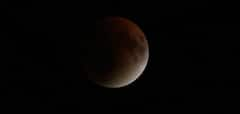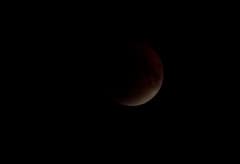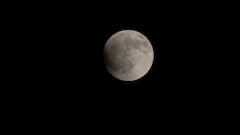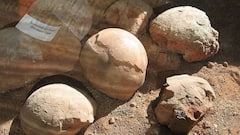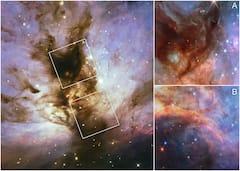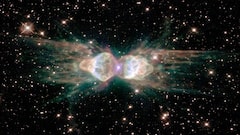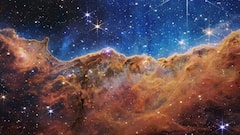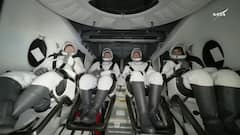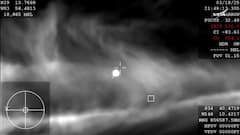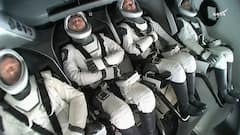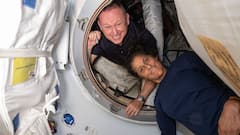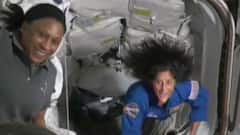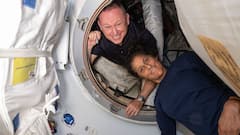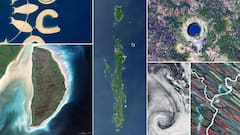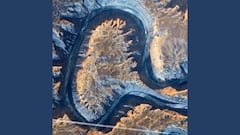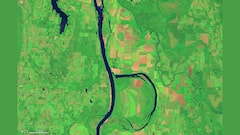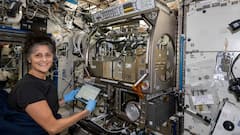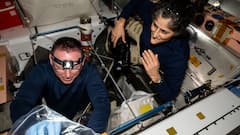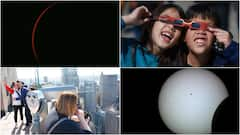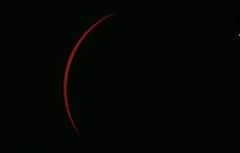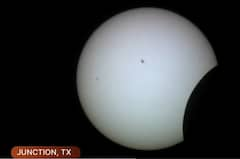Explorer
Supernova Remnant, Cosmic Keyhole — Latest Images Of Cosmic Objects Captured By NASA Spacecraft. IN PICS
From Cassiopeia A supernova remnant to two tails of dust ejected from the Didymos-Dimorphos asteroid system, here are the latest images captured by NASA spacecraft.
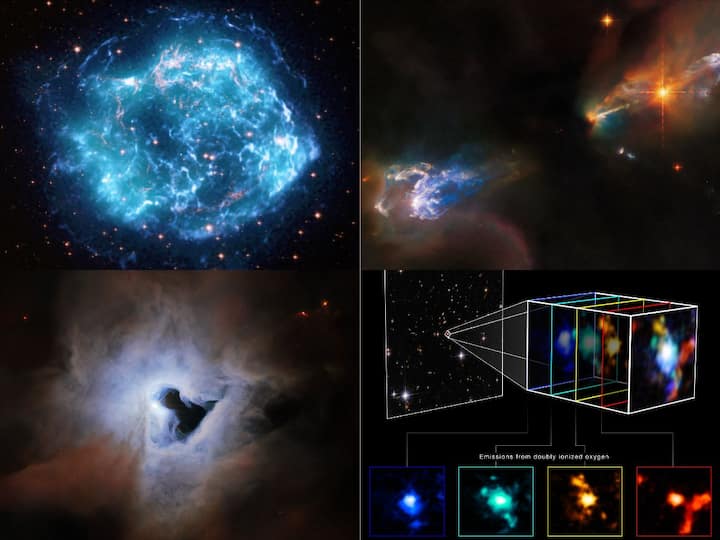
From Cassiopeia A supernova remnant to two tails of dust ejected from the Didymos-Dimorphos asteroid system, here are the latest images captured by NASA spacecraft.
1/5

This image shows the Cassiopeia A (Cas A) supernova remnant. The picture is made of data from NASA's Imaging X-ray Polarimetry Explorer (IXPE), the Chandra Observatory and Hubble Space Telescope. Cas A is IXPE's first observed object. A supernova explosion with some of the fastest shockwaves in the Milky Way occurred when a massive star collapsed in the Cassiopeia constellation. (Photo: NASA)
2/5

This is an image of NGC (New General Catalogue of Nebulae and Clusters of Stars) 1999, a reflection nebula in the constellation Orion, captured by the Hubble Space Telescope. The nebula appears like a 'cosmic keyhole'. When light from a star is reflected off neighbouring clouds of interstellar dust, a reflection nebula is created. The Orion Nebula is the closest region of massive star formation to Earth. NGC 1999, which lies near the Orion Nebula, is around 1,350 light-years from Earth. NGC 1999 is composed of debris left over from the formation of a newborn star. (Photo: ESA/Hubble and NASA)
Published at : 24 Oct 2022 05:21 PM (IST)
View More






